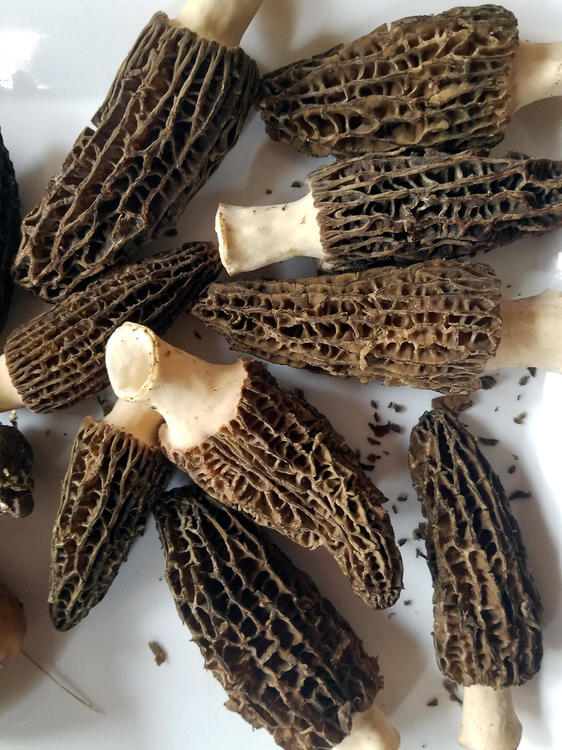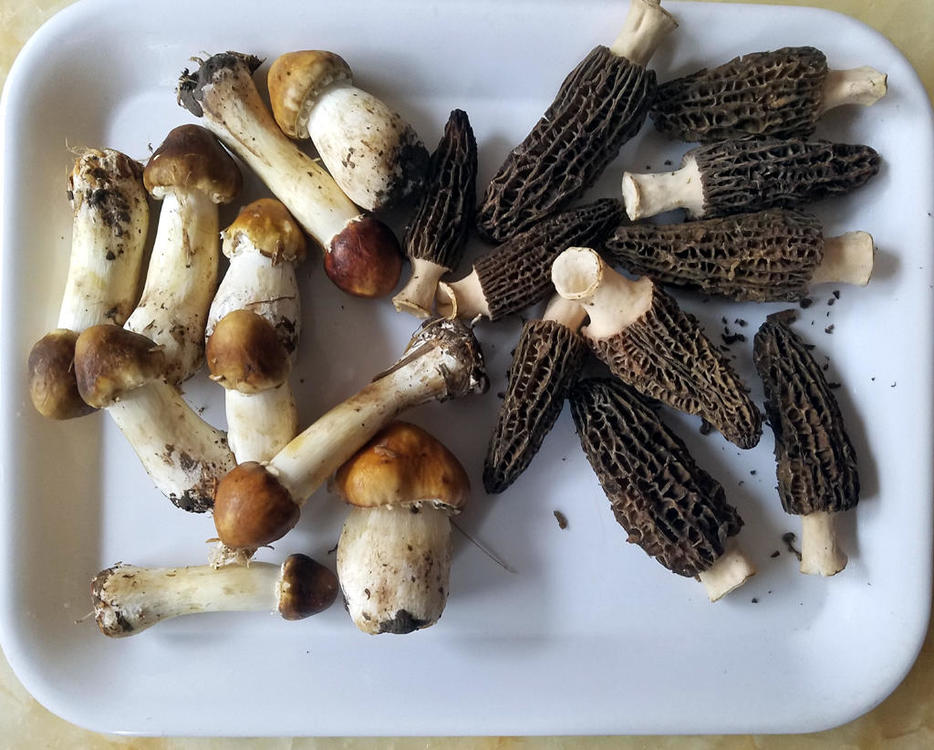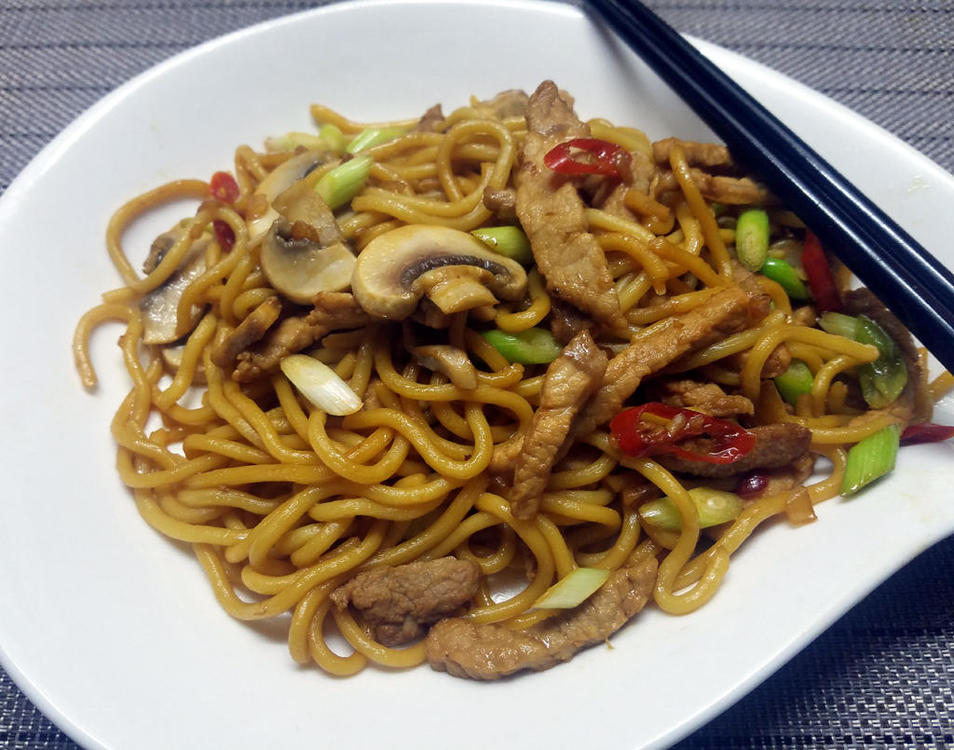-
Posts
16,667 -
Joined
-
Last visited
Content Type
Profiles
Forums
Store
Help Articles
Everything posted by liuzhou
-
Yes. Why not? It's fairly common to have them for breakfast. In fact, my nearest XLB place only opens for breakfast.
-
-
-
A friend just dropped by with these, after returning from a Chinese New Year/Spring Festival trip to Thailand. She knows I like Thai food a lot (as does she), but find it difficult to get some of the herbs and spices.
- 667 replies
-
- 16
-

-

-

-
I don't have a sweet tooth at all, but these were a gift. 板栗糕 (bǎn lì gāo), literally 'chestnut cake'. but they are more like what I would call biscuits and most of you would call cookies. Very sweet. Thanks, but...
-
The last of my wild mushroom glut (until I buy more tomorrow). Fried rice with chicken and cèpes, topped with morels. Garlic, ginger, scallions and Shaoxing wine in the mix.
-
Given that China has flooded the French market with highly inferior black truffles, I'd say the whole idea is a nightmare. We'll see unicorn steaks first.
-
-
-
Scrambled eggs with morels and chives. Half a cow of butter. With toast. The empty space bottom centre is where the toast went.
-
Interesting, but still tiny in comparison with other mushroom cultivation in China. There are mushroom farms the size of cities.
-
She told me these came from the mountains just to the north of the city here in Guangxi. Yunnan has them too, though. As does Hunan. Probably other places.
-
While China has made some process in morel farming, it is still far from "large scale". I posted the same picture on Chinese social media yesterday and no one had ever seen them before or knew what they were. I had to go back and tell them the Chinese name.
-
This morning I went back and interrogated my mushroom lady. The morels are 88元 / 500 grams, which is $13 USD. If my mathematics is correct that is $11.81 per pound. I did buy some more.
-
They are foraged.
-
I didn't weigh them, but those you see plus maybe 4 or 5 more out of shot cost me 18.50元 this morning. That's $2.73 USD. I'll see if she has them again tomorrow and find out for sure.
-
Fresh. Yes morels grow in China, but today was the first time I've found them in the market.
-
Not pretty, but beef in Guinness stew isn't meant to look pretty! But packed with taste. Served with buttery mash and even more buttery, garlicky morels. Winter warmer food.
-
I know what you mean, but it retains its glamour in Chinese thinking.
-
A nice display of fruit in the market this morning considering it's a freezing day in the dead of winter.
-
For the first time ever in China, I found these in my local market this morning. I knew they grew here, but had never been able to find them. Morchella esculenta. Morels. In Mandarin, 羊肚菌 (yáng dù jùn) , literally sheep's stomach mushroom.
-
-
Lazy cooking tonight. Stir fried noodles with pork and mushrooms. Garlic, ginger, Shaoxing, chilli, soy sauce, scallions. Lazy but tasty enough.
-
It might be a while. It needs very slow cooking. Could take months! 😎



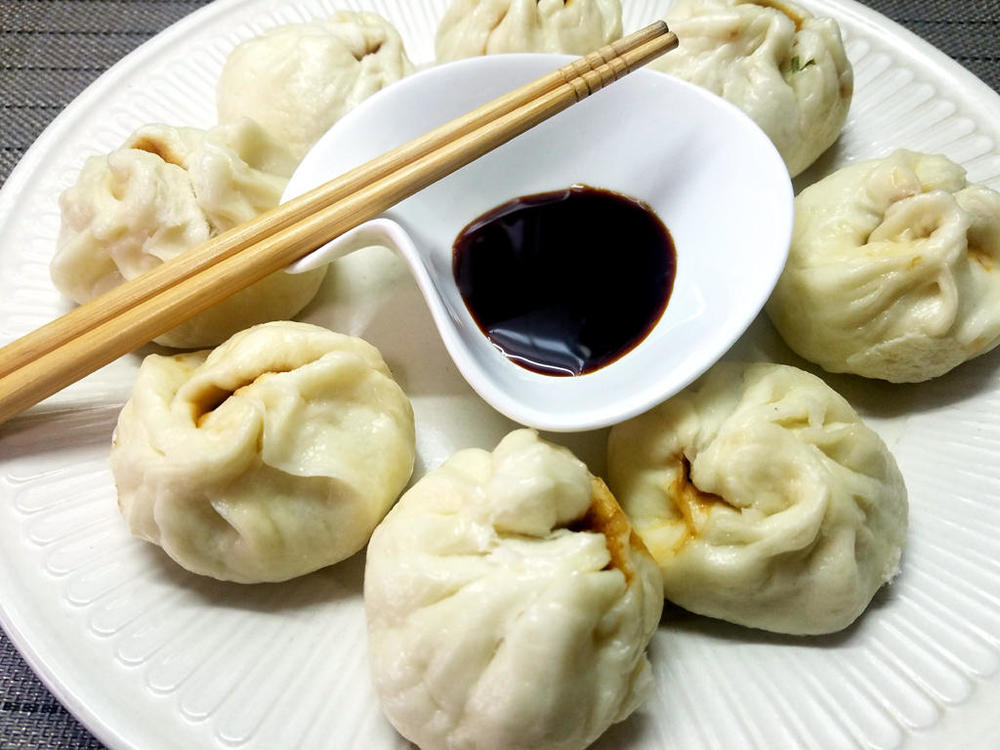
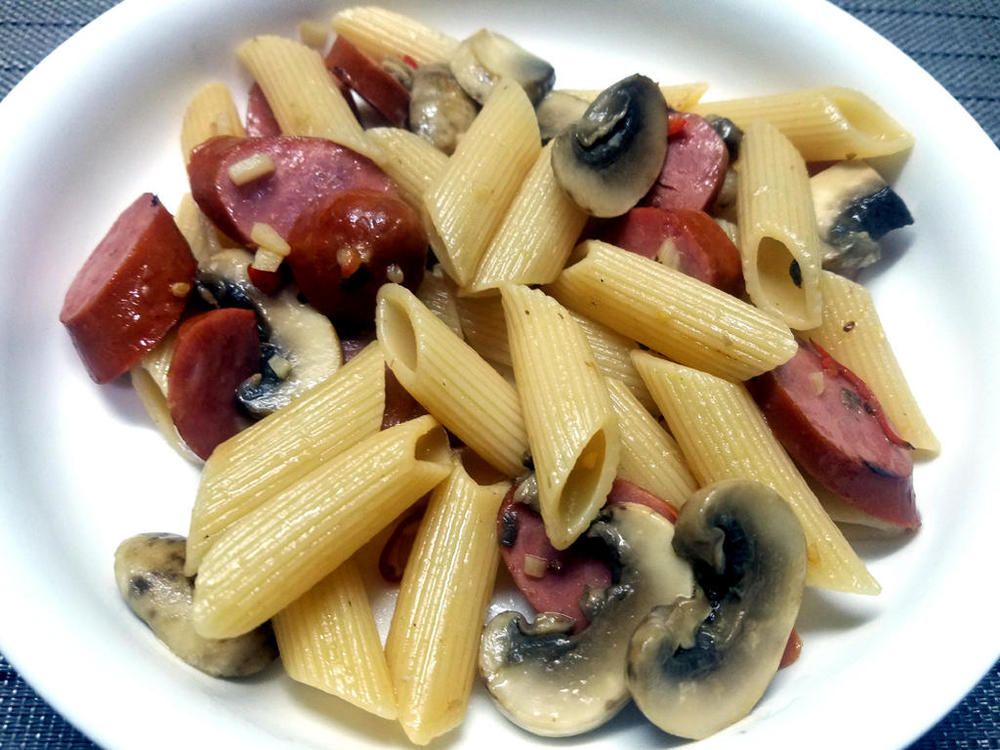

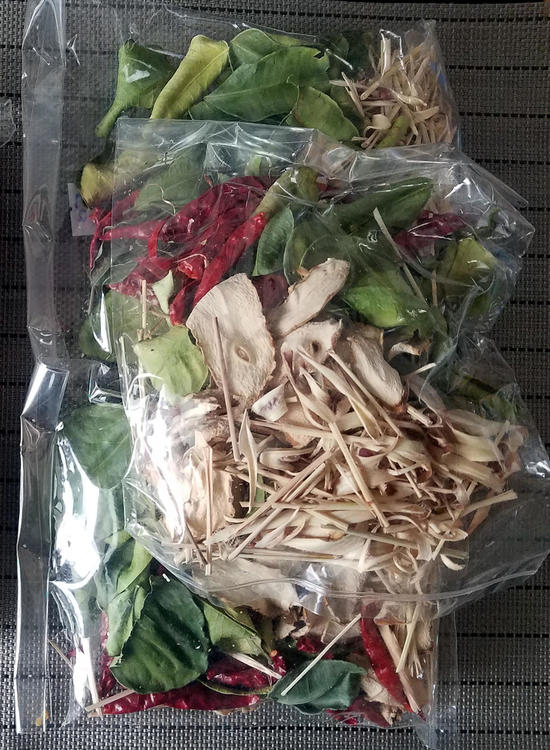
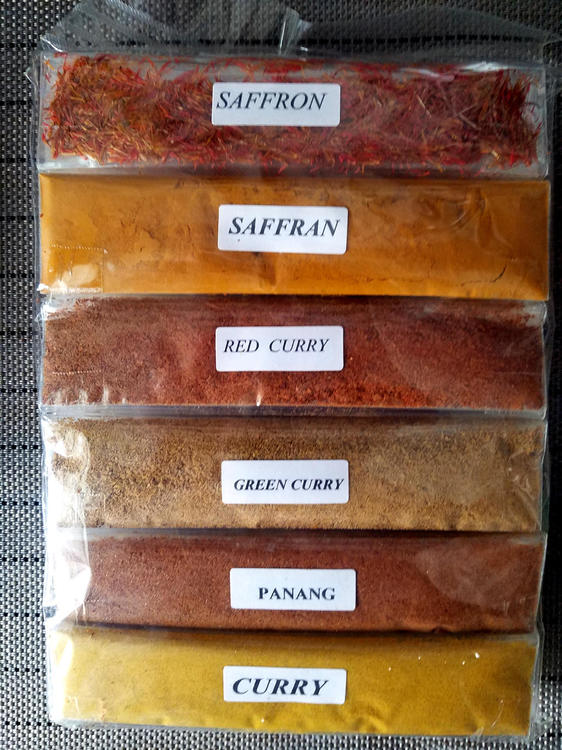
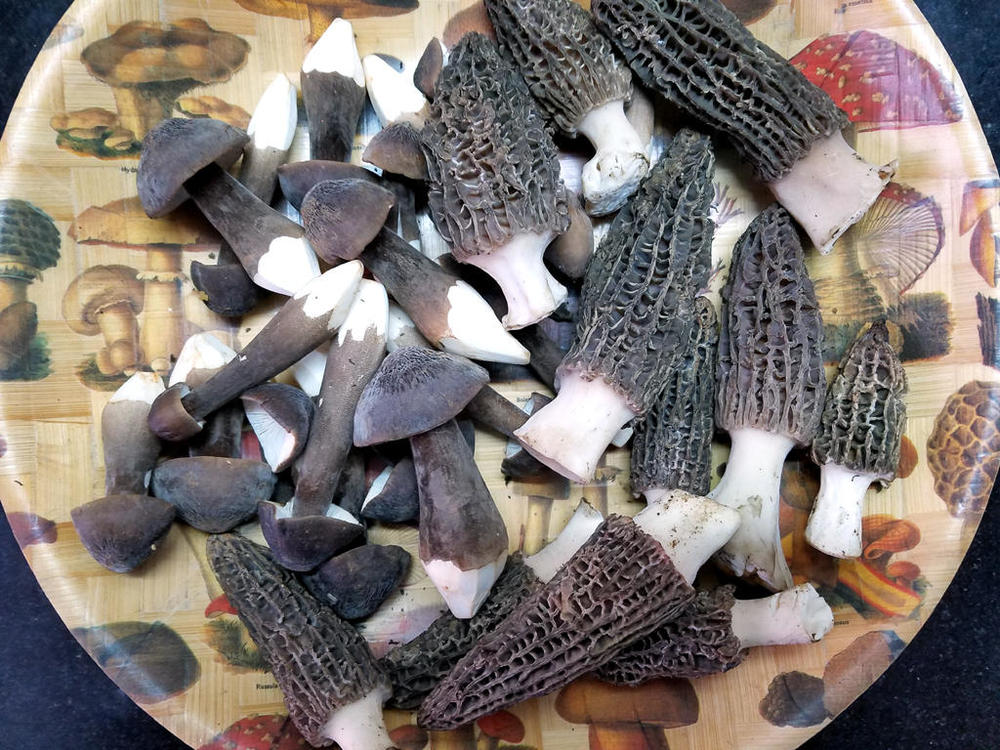
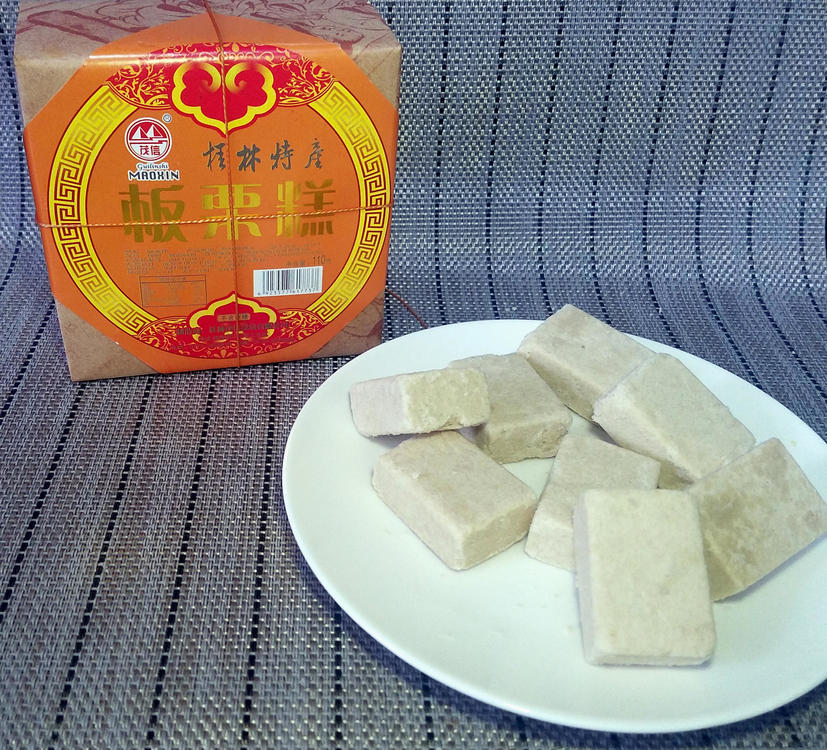
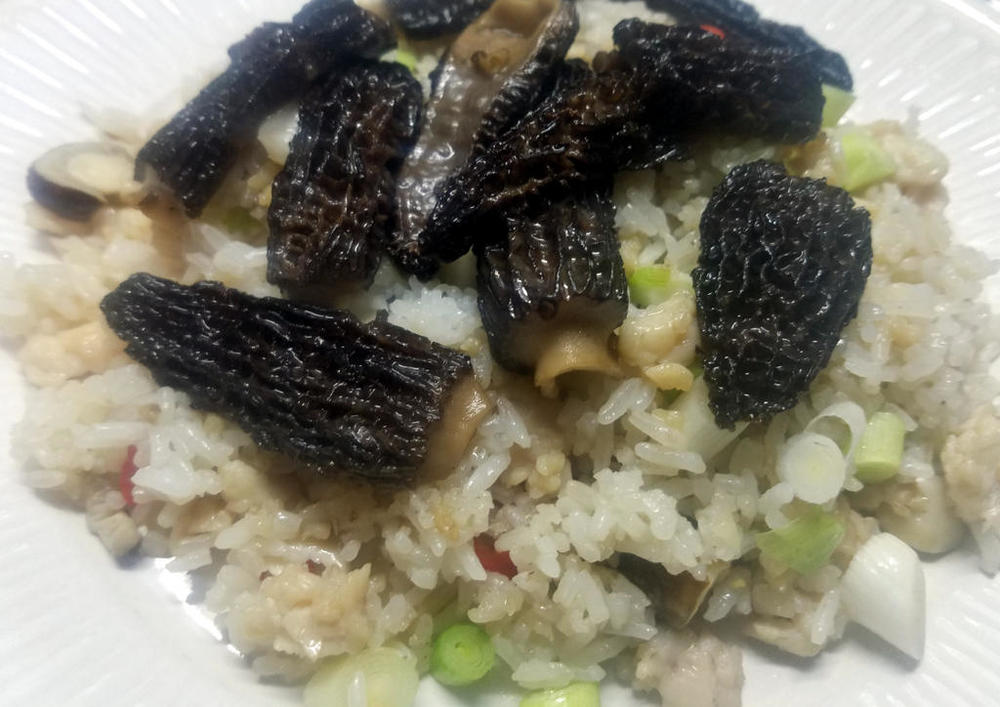
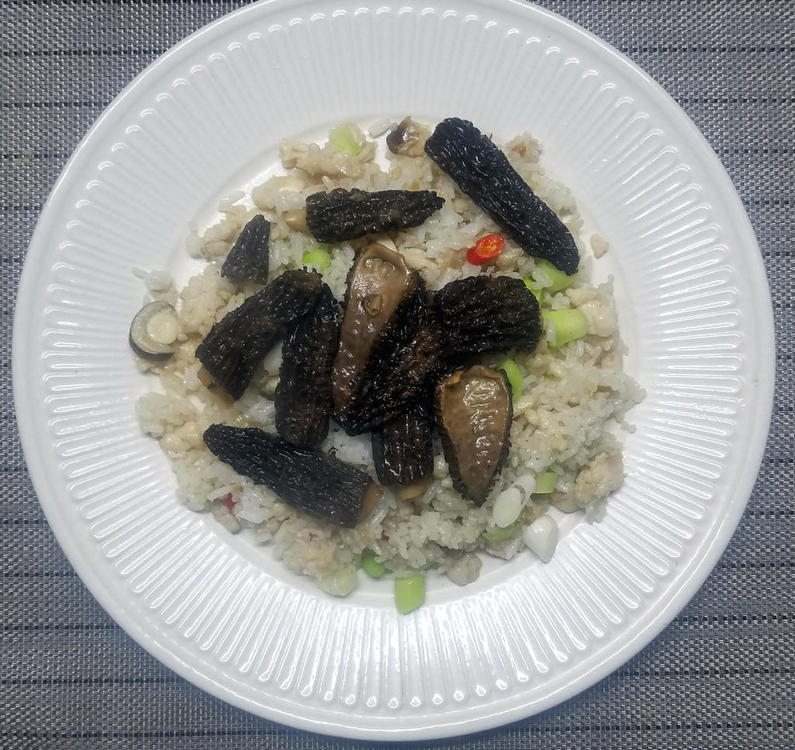

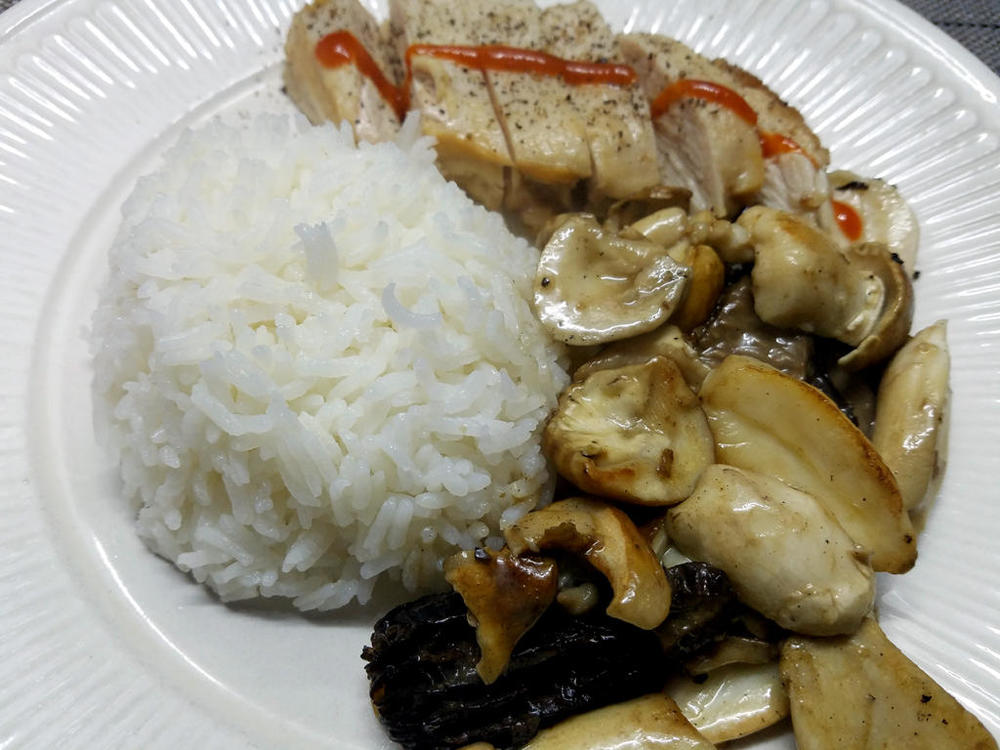
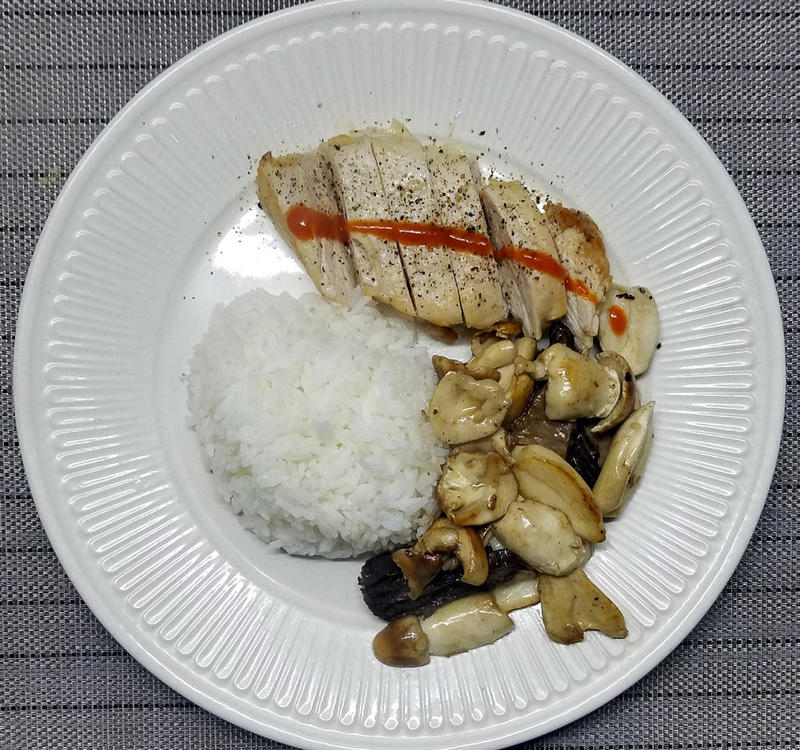
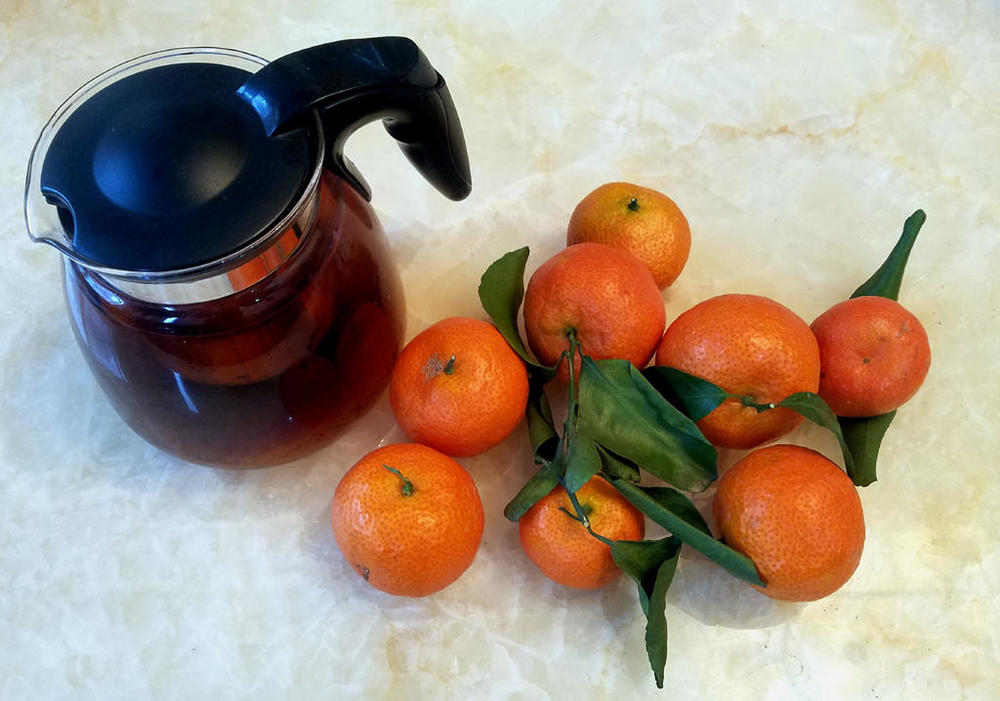
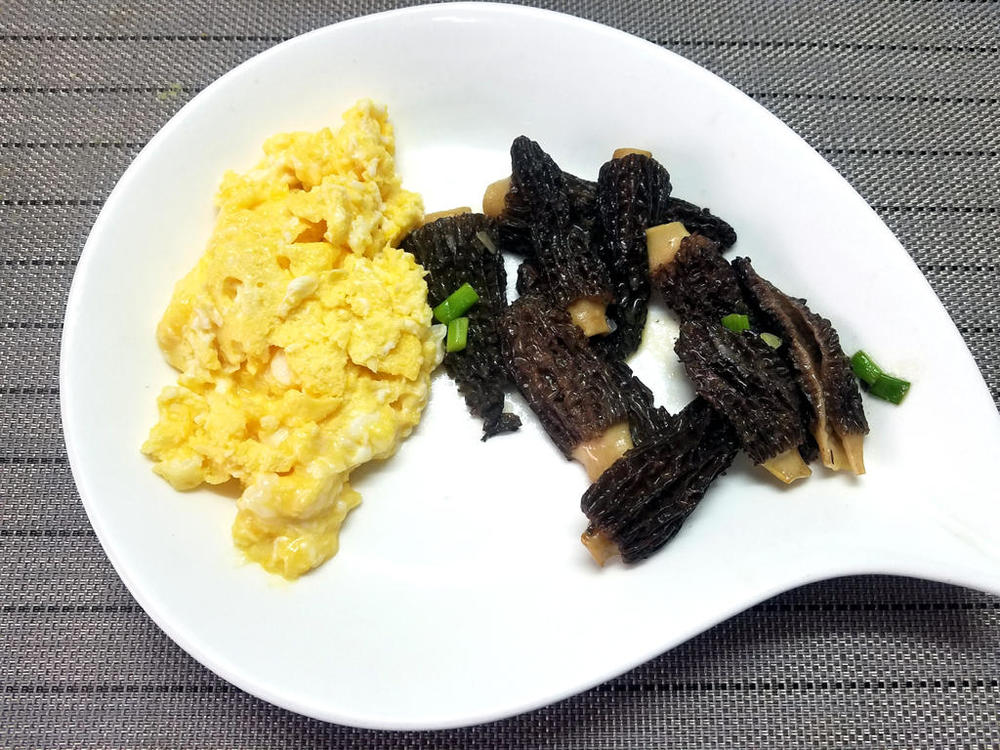
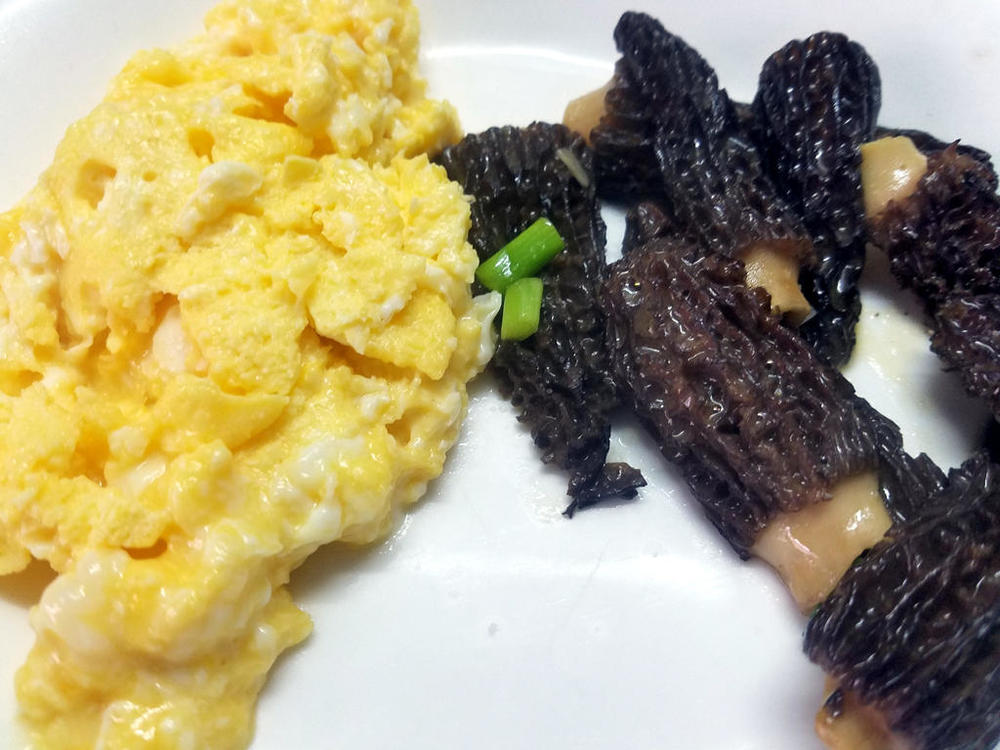
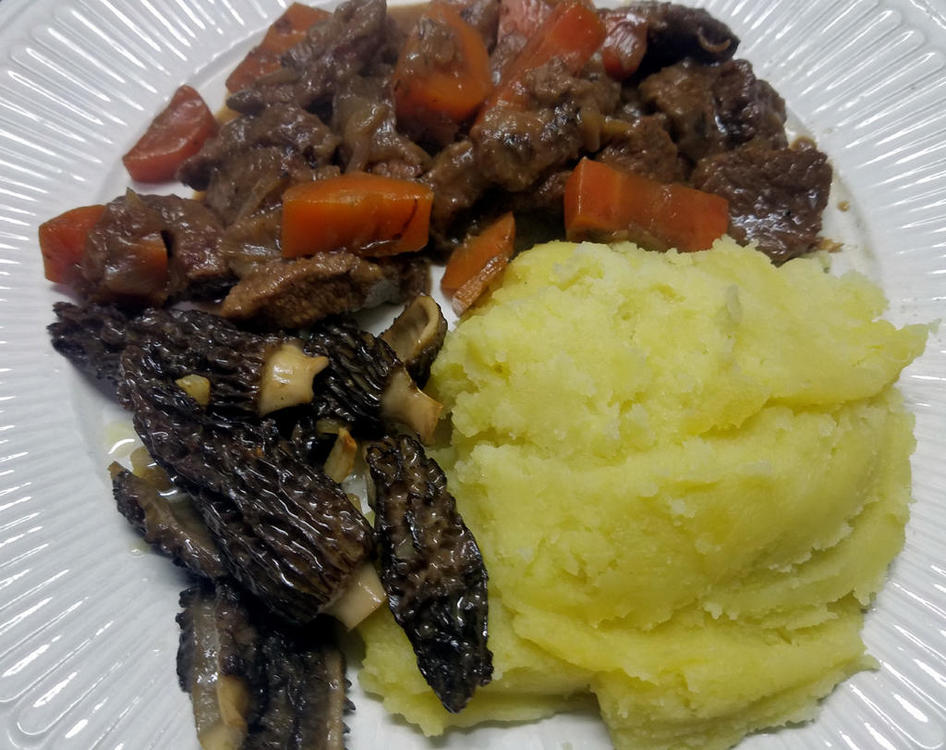
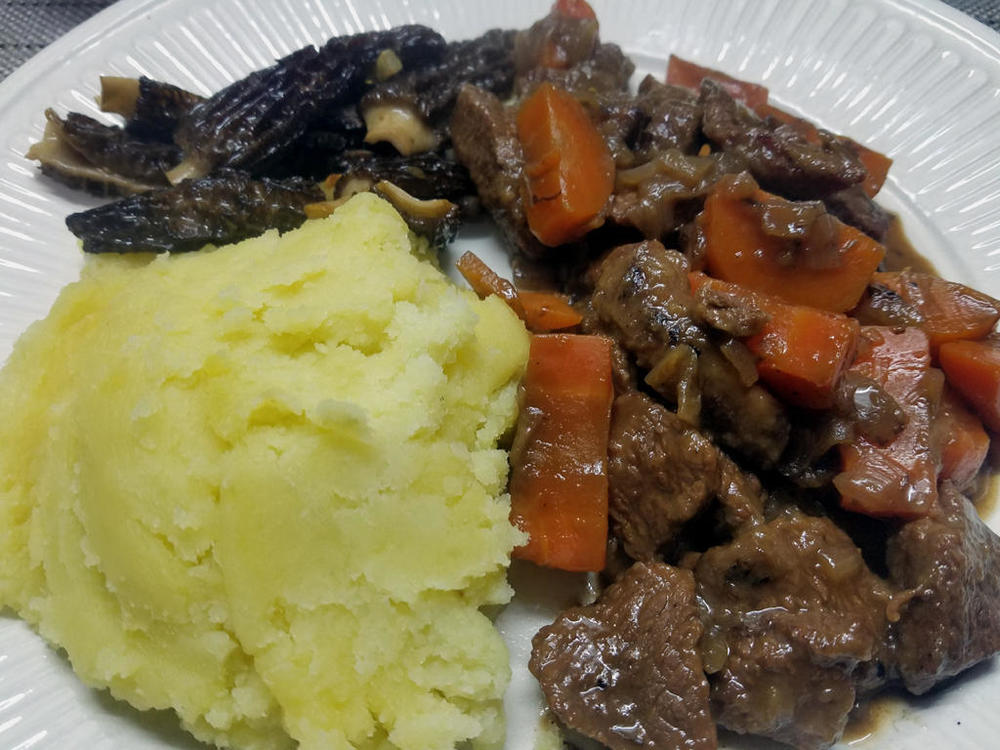
.thumb.jpg.79028ff5dbd0c37f0622b8251a4bbdf8.jpg)
